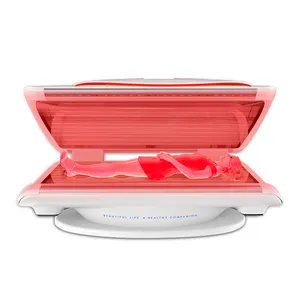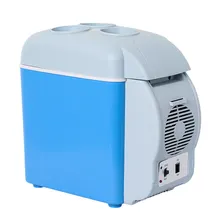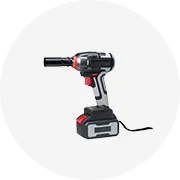About products and suppliers
Tối ưu hóa các chuyến đi trên xe với chất lượng cao đa dụng. liệu pháp ánh sáng avalon trên Alibaba.com. Đây là những hệ thống tiên tiến với đáp ứng công nghệ cao. Chúng được hỗ trợ bởi Android để điều khiển đơn giản và đi kèm với bộ xử lý nhanh bốn lần. Các bộ đàm này có hỗ trợ Bluetooth, cho phép chọn nhạc từ xa. Chúng được trang bị công nghệ truyền âm thanh và bộ lưu trữ dung lượng cao để người dùng ưa thích. Các. liệu pháp ánh sáng avalon hỗ trợ cuộc gọi rảnh tay và bật tính năng phát trực tuyến. Chúng an toàn để sử dụng và không làm người lái mất tập trung khi họ cố gắng thực hiện nhiều nhiệm vụ.
Alibaba.com cung cấp nhiều lựa chọn về thiết kế độc đáo. liệu pháp ánh sáng avalon phù hợp với nhu cầu của người dùng. Dàn âm thanh có thiết kế plug-in dễ dàng. Phần cứng tích hợp là một tiêu chuẩn tốt. Chúng có vẻ ngoài thẩm mỹ, tôn lên nội thất xe. Chúng có kiểu dáng mỏng và khả năng tản nhiệt hiệu quả. Những bộ đàm này có màn hình inch lớn hiện đại với đầu ra chất lượng cao. Chúng có bộ thu sóng tích hợp với khả năng bật FM / AM có thể mở rộng. Chúng có màn hình hiển thị điện áp pin ô tô giúp cung cấp thông tin và được trang bị kết nối Wi-Fi và ăng-ten.
liệu pháp ánh sáng avalon dễ vận hành và có các nút điều khiển thoải mái và kích hoạt màn hình cảm ứng nhạy. Chúng đi kèm với các cổng USB hữu ích và khe cắm micro SD. Chúng có cảm biến đỗ xe và hiển thị chuyển động lùi của xe. Chất lượng âm thanh EQ có cài đặt và đầu ra dễ dàng. Chúng có khả năng tương thích tốt và có micrô tích hợp. Những bộ đàm này có điều khiển từ xa bằng tia hồng ngoại và mang đến khả năng giải trí tuyệt vời trong khi lái xe.
Alibaba.com cung cấp nhiều loại. Tùy chọn liệu pháp ánh sáng avalon ở mức giá tốt nhất và chiết khấu bán hàng. Chúng có nhiều cài đặt ngôn ngữ và đảm bảo chất lượng cao. Nhận các tùy chọn chất lượng cao từ các nhà cung cấp và nhà sản xuất đáng tin cậy trên toàn cầu.



































 浙公网安备 33010002000092号
浙公网安备 33010002000092号 浙B2-20120091-4
浙B2-20120091-4